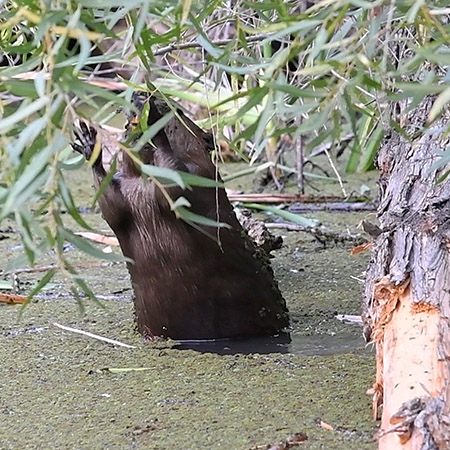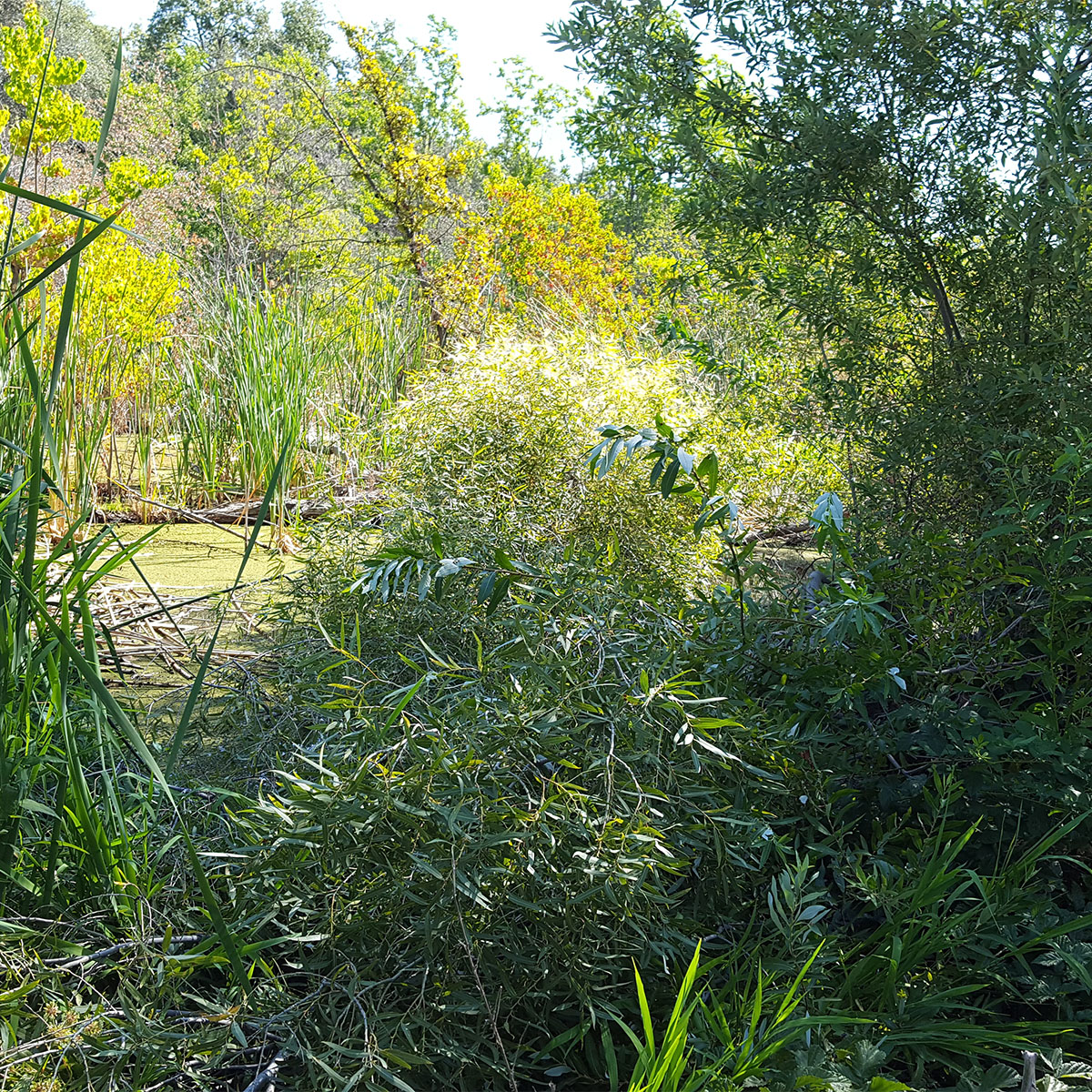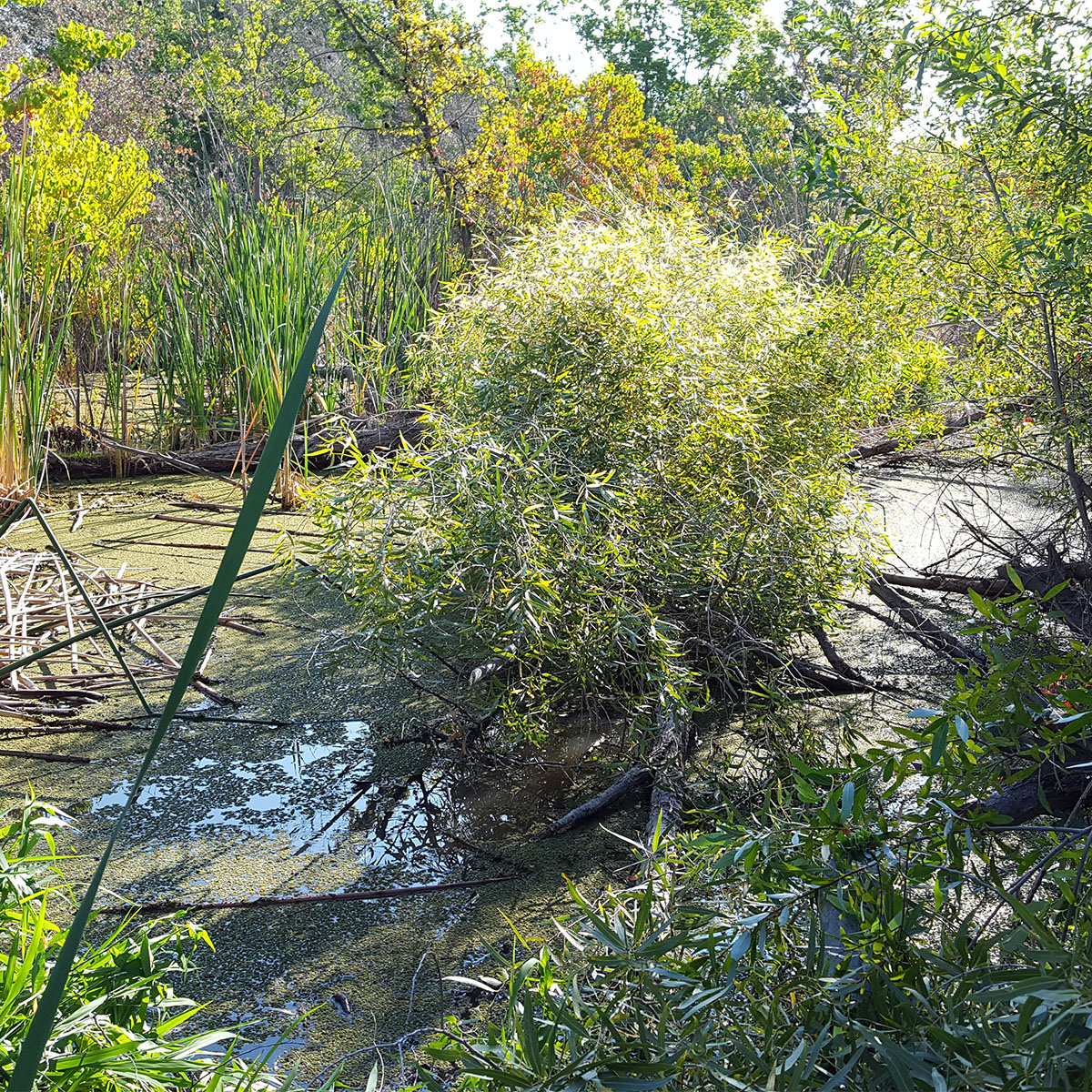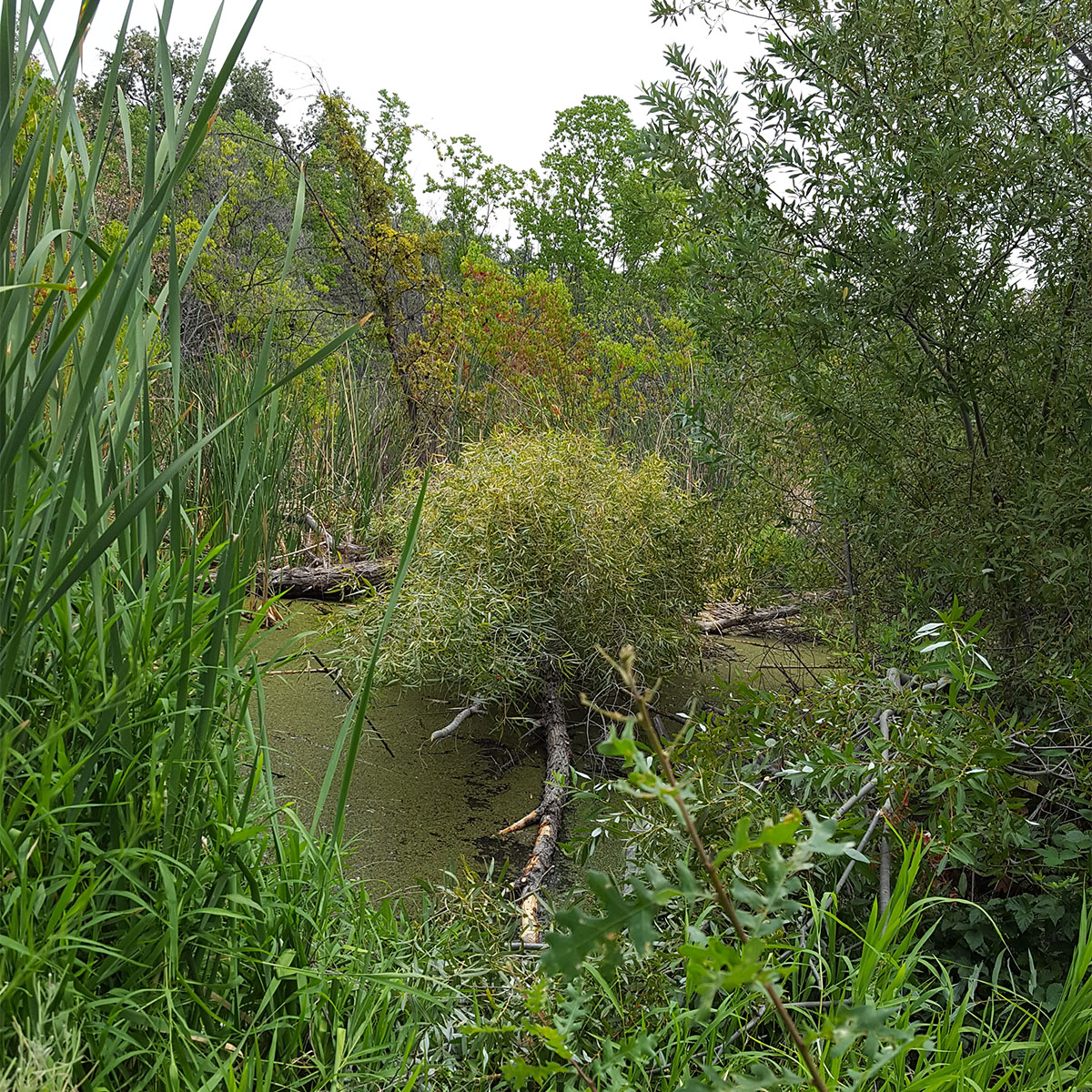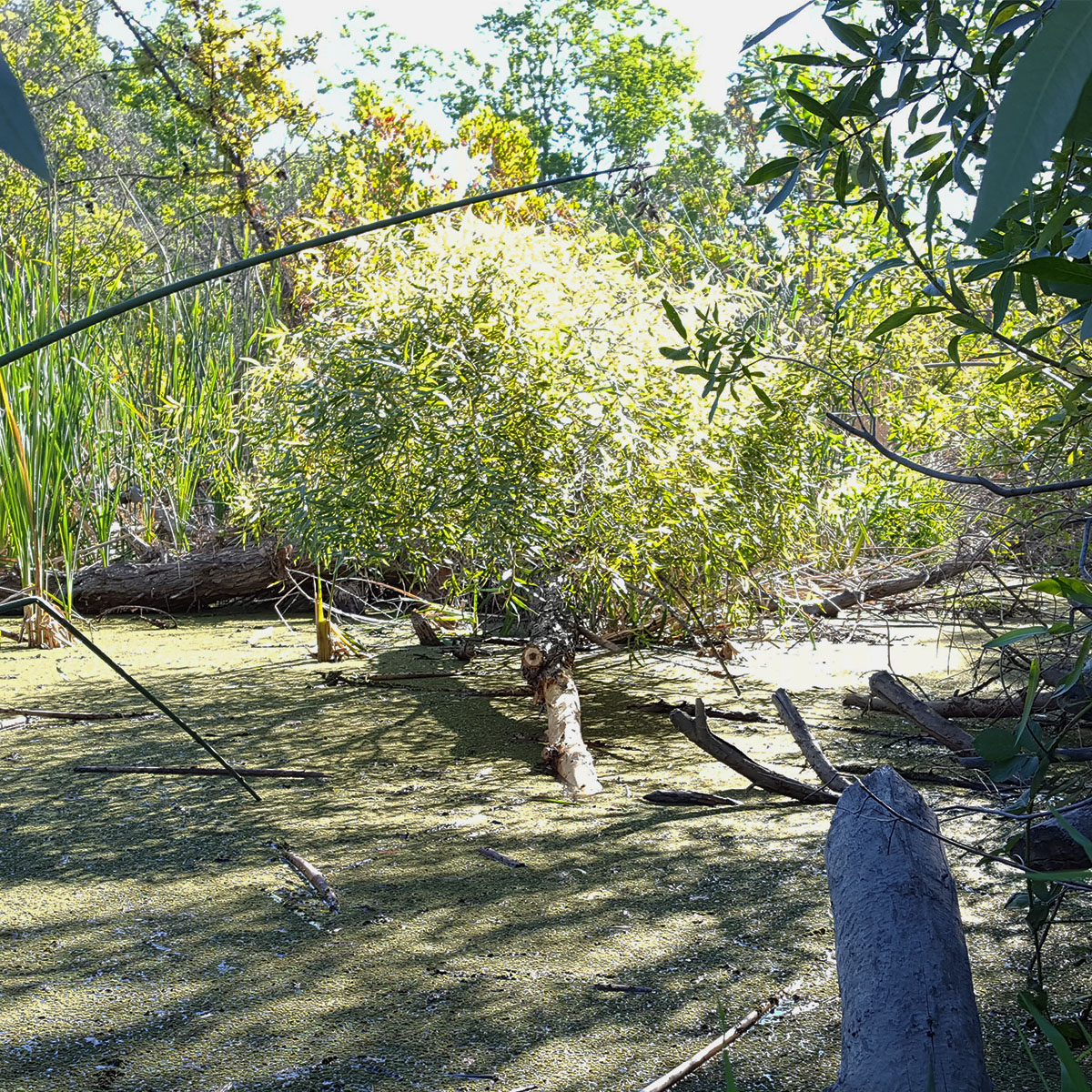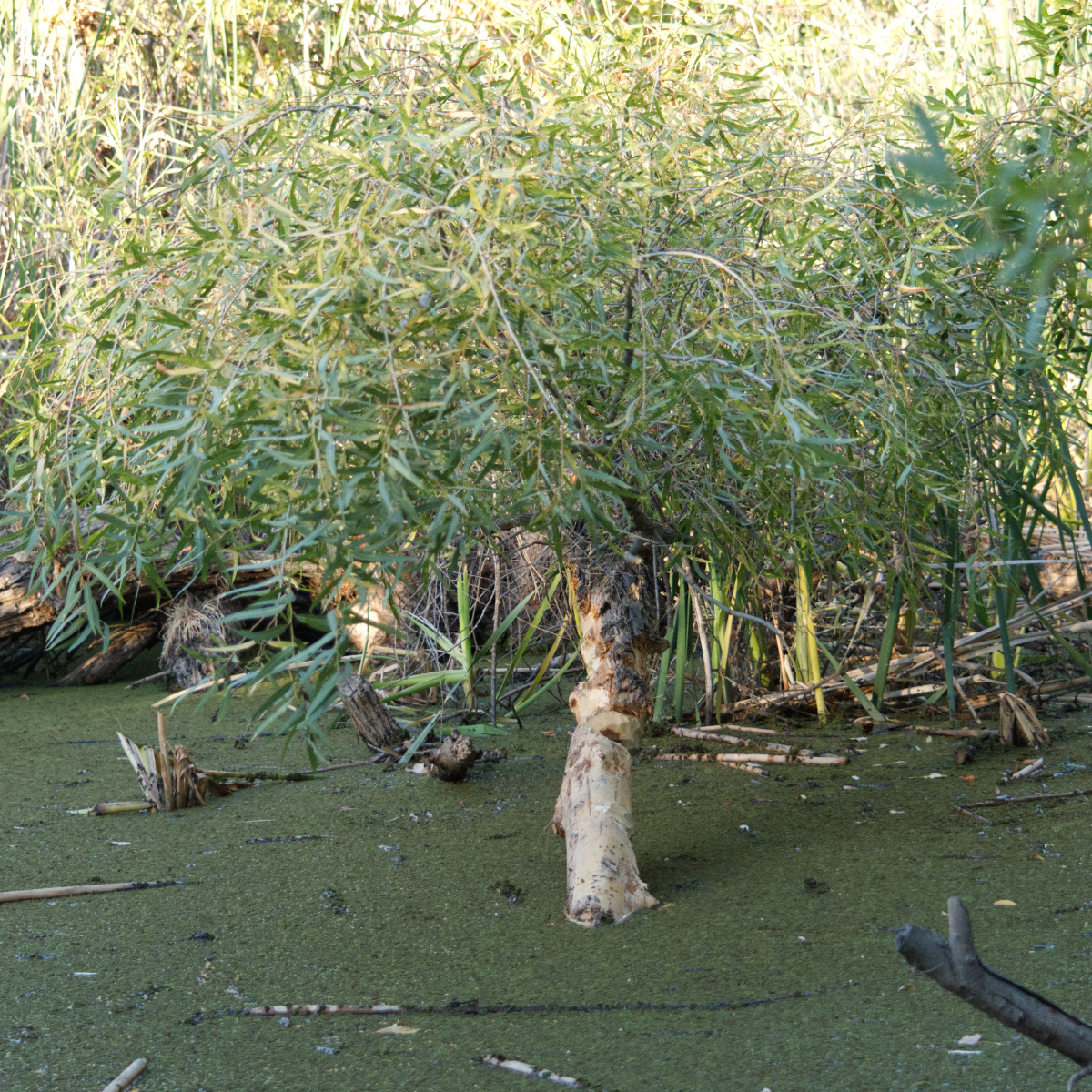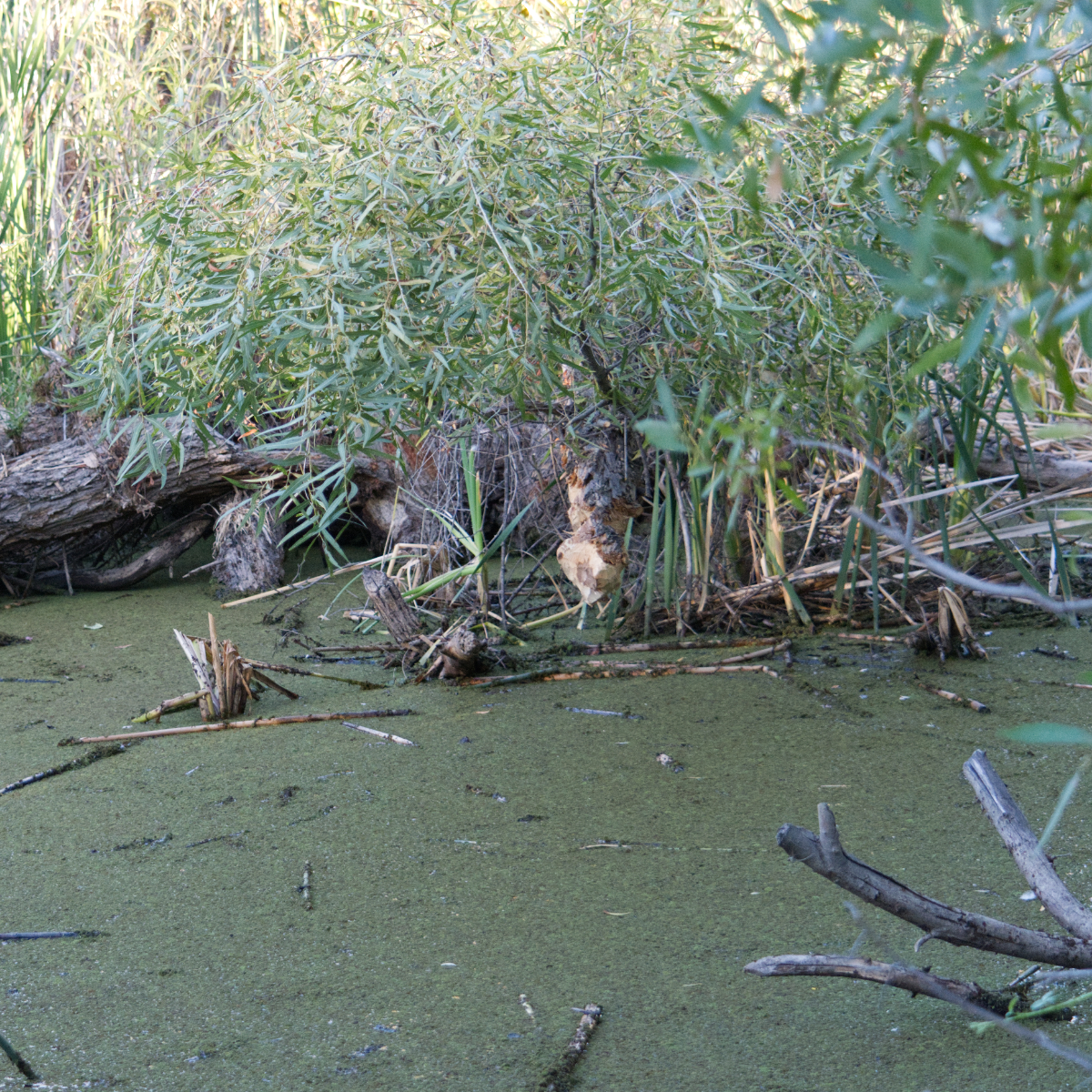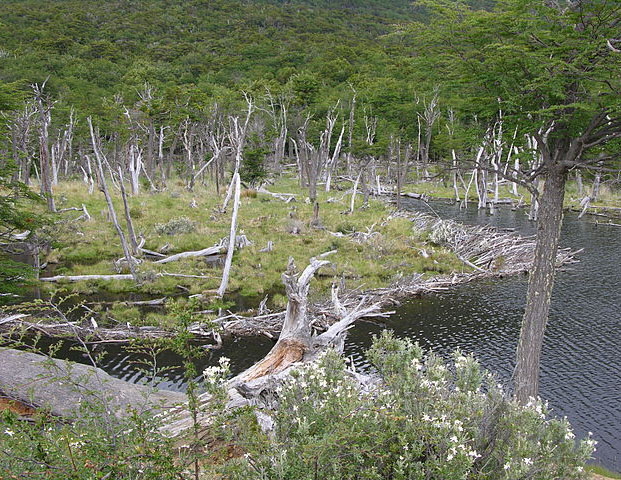One Willow Tree that fed the Beavers for YEARS.
Many of us dislike seeing a tree fall but is this where the story ends?
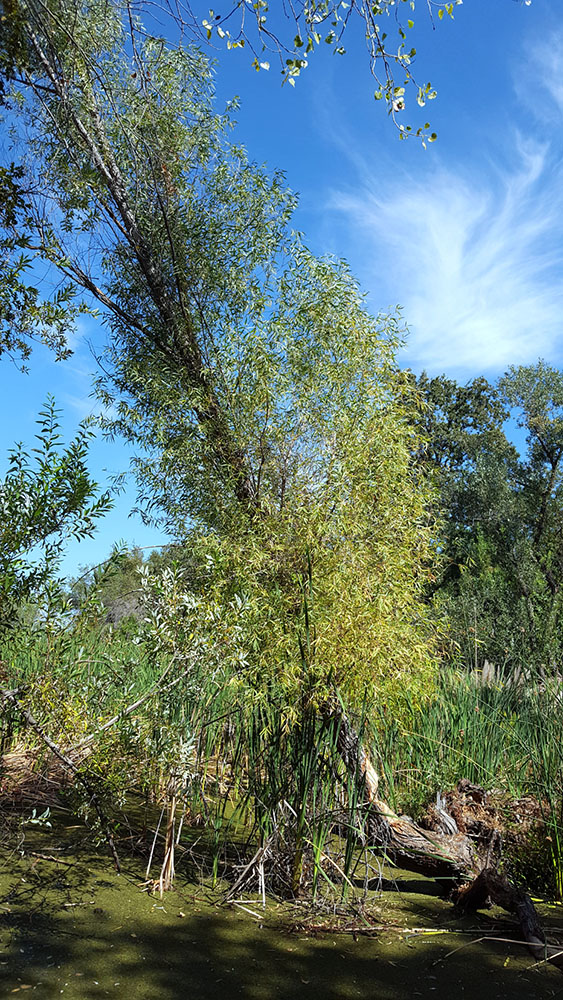

This is how the story starts – a beaver nibbles on the bark of a willow tree. If this a tasty willow, he/she continues to chew inward to the center of the trunk creating a notch. Gradually night after night the notch gets bigger until one evening gravity & physics take over. The tree falls to the ground. Many of us dislike seeing a tree fall but is this where the story ends?
WAIT THERE IS MORE … some of us miss the next part since it takes place over a longer period of time. It involves the regenerative ability of Willow trees to grow back – sometimes even to their former size & glory.
So how are they able to do this? Willows produce two compounds that help the fragments of a fallen tree grow back.2 The first is the plant hormone, indolebutyric acid (IBA) which helps initiate new root growth. The second is salicin which helps the new growth resist infection by bacteria and fungi. (Salicin is the active ingredient in aspirin & also is what beaver use to make castoreum, a substance they produce for scent marking.)
From observations of the beaver activity in Monte Verde Wetlands earlier this year, a few nibbles started to appear at the base of a 20 – 30 ft willow tree growing within the waterway. Since beaver are vulnerable on land they prefer to forage as close to water as possible. This is likely one reason why this particular tree was chosen. During spring the beavers didn’t work more on the nibbled spots (possibly since other vegetative foods were available which took less work to obtain). In mid to late summer the beaver resumed work. After a few weeks they finally felled the tree.
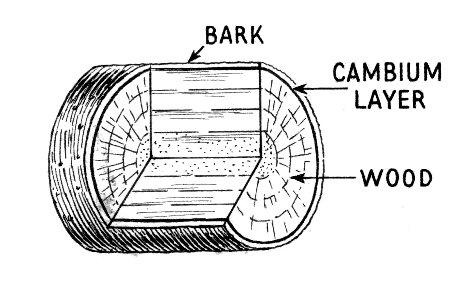
The below images show the progress as the beavers consumed as much of the tree that they could reach & was edible to them. The parts of the tree that do not have nutritious value, like the inner wood of the trunk are not eaten. It is a common misconception that beavers eat wood. They only eat a thin layer called the cambium that lies on the outer edge beneath the bark. The uneaten parts might be used in the future to repair the beavers’ lodge or dams. As a rule, nature wastes nothing.
Dismantling of Felled Willow Tree as it is eaten by the Beaver
This particular willow is an interesting tree in that it is that is partially connected to an older horizontal length of trunk within the waterway. If you look closer at the base beside the new stump, you can see an older gray stump where another growth of the tree, now missing, once rose to some height (judging by its thickness). This older tree was cut down by the beaver also as evident by the chew marks on the gray stump (See the following image). By the looks of things, some years back this willow had grown upwards into a tall tree, was cut down by the beaver, then the whole process then was repeated with the second tree that was felled just recently.
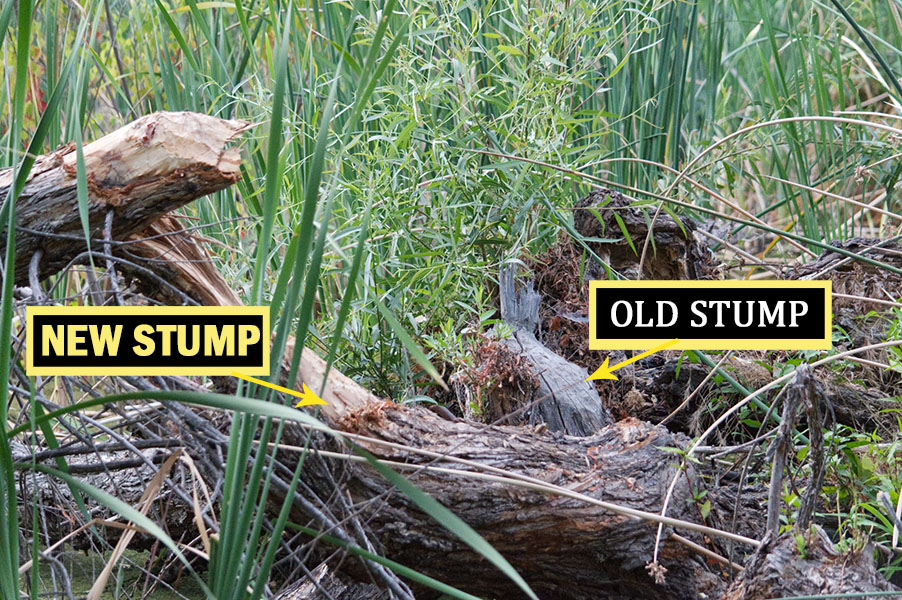
With some research & consulting with those with plant ID experience, the species of the willow was determined to be Gooding’s Black Willow (or Salix Gooddingii). Willows species can be more difficult to ID than other trees or shrubs & often require examining parts of the plant that are not present at the same time during the year.1 The Redbud Chapter of the California Native Plant Society has wonderful books for learning more about willows & other plant species of Placer County. The Calscape website also provides info about our local native plants.
Why do beavers cut down trees anyways?
- FOR FOOD – To reach the leaves, branches, & inner bark layers higher up.
- FOR DAM BUILDING MATERIAL
- FOR LODGE BUILDING MATERIAL
- FOR THEIR TEETH – since their teeth grow continuously, they must gnaw on woody material to keep them sharp & the right length.
- FOR PRACTICE ? – (Young beavers may also chew on trees as they are learning the skills that adults have mastered.)

Videos of the Beaver dining on the Willow
Could the same Willow Tree can feed a family of beavers for more than one beaver generation?
A beaver’s lifespan in the wild is about 10 – 12 yrs (in captivity it is about double). Willows are fast growing often reaching their full height more quickly than other trees. A willow tree feeding the newest beaver generation could have grown back from the base of the tree felled by the parents or grandparents.
What about Trees That don’t grow back?
Not all trees have the amazing ability to rise again after being cut down. In lands where beavers did not naturally occur, many trees did not evolve regenerative abilities. The species of Beech trees that grow in the forests of Patagonia, South America cannot grow back like the willow. In 1946 a group of beavers were introduced to this region for the purpose of fur trade, & the forests containing these trees were altered without regrowth.3
References
1.) California Native Plant Society. Redbud Chapter. Trees and Shrubs of Nevada and Placer Counties, California. CNPS Press, 2014.
2.) “Goodding’s Black Willow.” Nature Collective, https://thenaturecollective.org/plant-guide/details/gooddings-black-willow/.
3.) Goldfarb, Ben. “Why Two Countries Want to Kill 100,000 Beavers.” The Washington Post, WP Company, 28 Oct. 2021, https://www.washingtonpost.com/news/animalia/wp/2018/08/09/why-two-countries-want-to-kill-100000-beavers/.
